- Italy
- Things to do in Rome
- Basilica di Santa Maria Maggiore
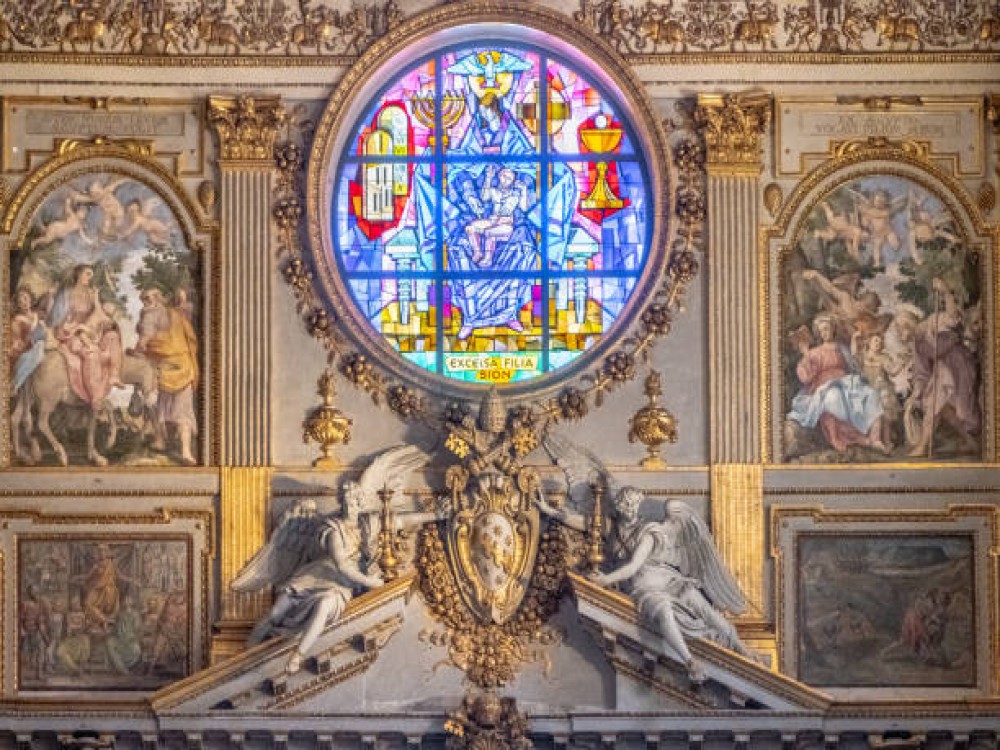
Basilica di Santa Maria Maggiore
Basilica di Santa Maria Maggiore is one of Rome’s most important and breathtaking churches, known for its stunning mosaics, rich history, and grand architecture. Located on Esquiline Hill, it is the largest church in Rome dedicated to the Virgin Mary. Built in the 5th century, the basilica has undergone various modifications, blending early Christian, Baroque, and Renaissance styles. Its interior features gold-covered ceilings, intricate mosaics depicting biblical scenes, and a magnificent marble floor. The basilica also houses relics believed to be from the Holy Crib of Jesus, making it a sacred pilgrimage site.
Basilica di Santa Maria Maggiore Tours & Excursions
The Basics
Basilica di Santa Maria Maggiore is free to enter, though some areas, such as the museum and loggia, may require a small fee. It is open daily from 7 AM to 6:45 PM, with religious services held regularly. Visitors should dress modestly, covering shoulders and knees, as it is an active place of worship. The basilica is one of Rome’s four papal basilicas, meaning it holds special religious significance and is often visited by the Pope. Security checks are in place at the entrance, so allow extra time for your visit.
Things to Know Before You Go
This basilica is famous for its 5th-century mosaics, which are some of the oldest in Rome. The ceiling is decorated with gold said to have been brought from the Americas by Christopher Columbus. Climbing to the Loggia delle Benedizioni offers a fantastic view of the square below. The basilica is an active church, so mass and special ceremonies may limit access to some areas. Photography is allowed, but flash and tripods are prohibited. A guided tour can help visitors understand the deep history behind the artwork and architecture.
How to Get There
The basilica is centrally located, about a 10-minute walk from Termini Station, making it easily accessible by metro, bus, or train. The closest metro station is Termini on lines A and B, while buses 16, 70, and 714 stop nearby. From the Colosseum, it is a 15-minute walk, passing through some of Rome’s charming historic streets. Taxis and ride-sharing services are also available, but walking is often the best way to explore the surrounding area.
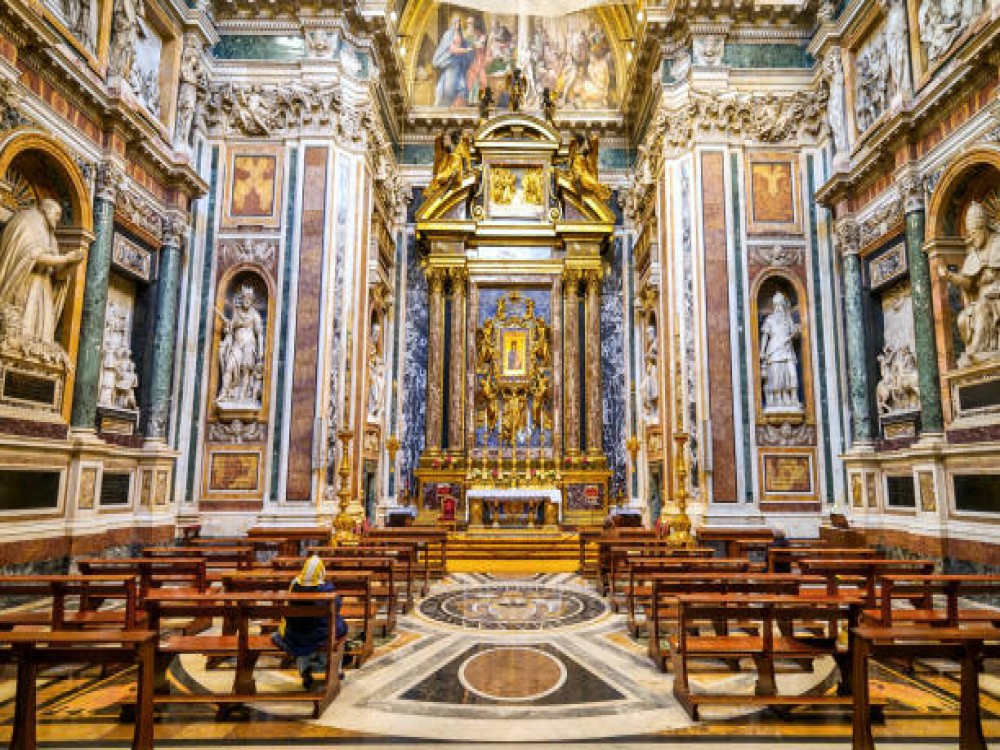
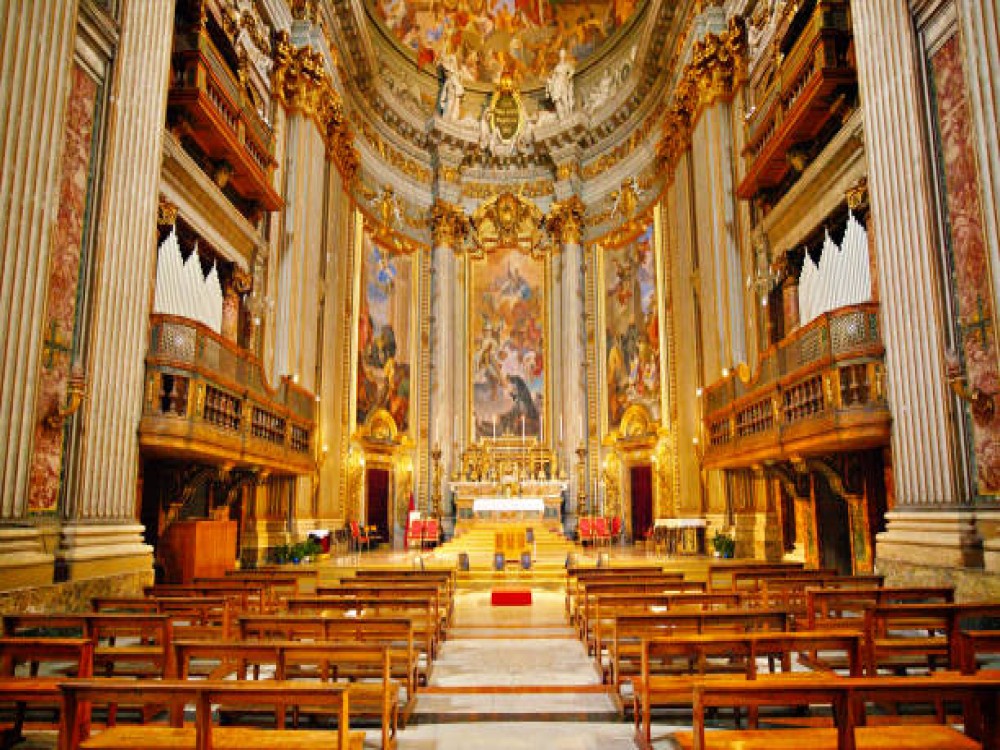

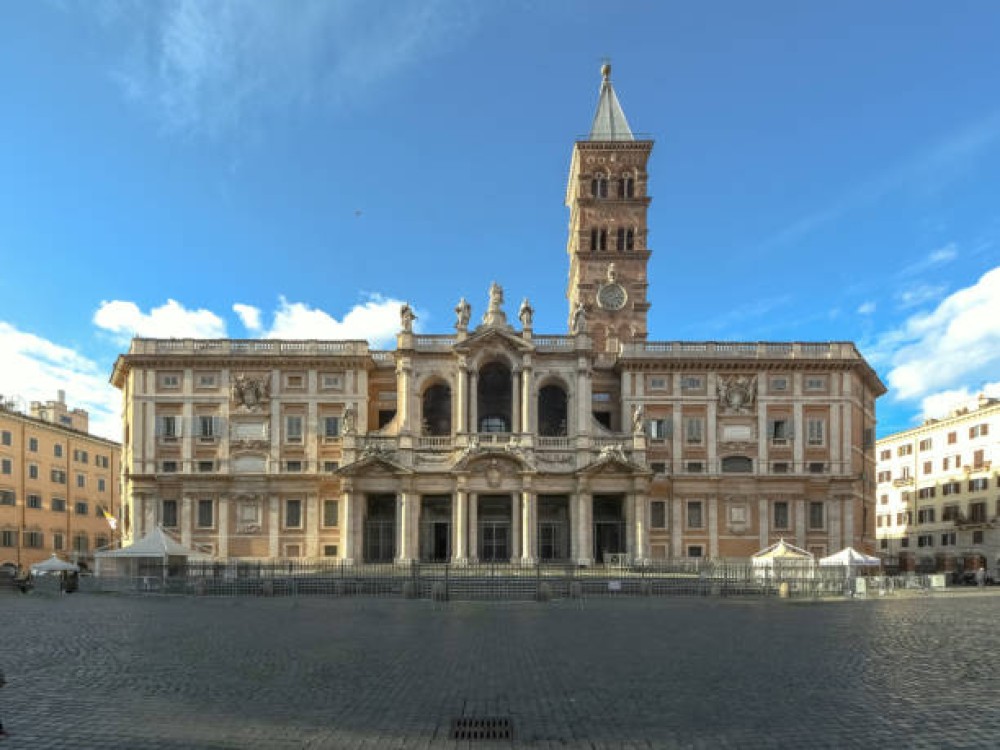
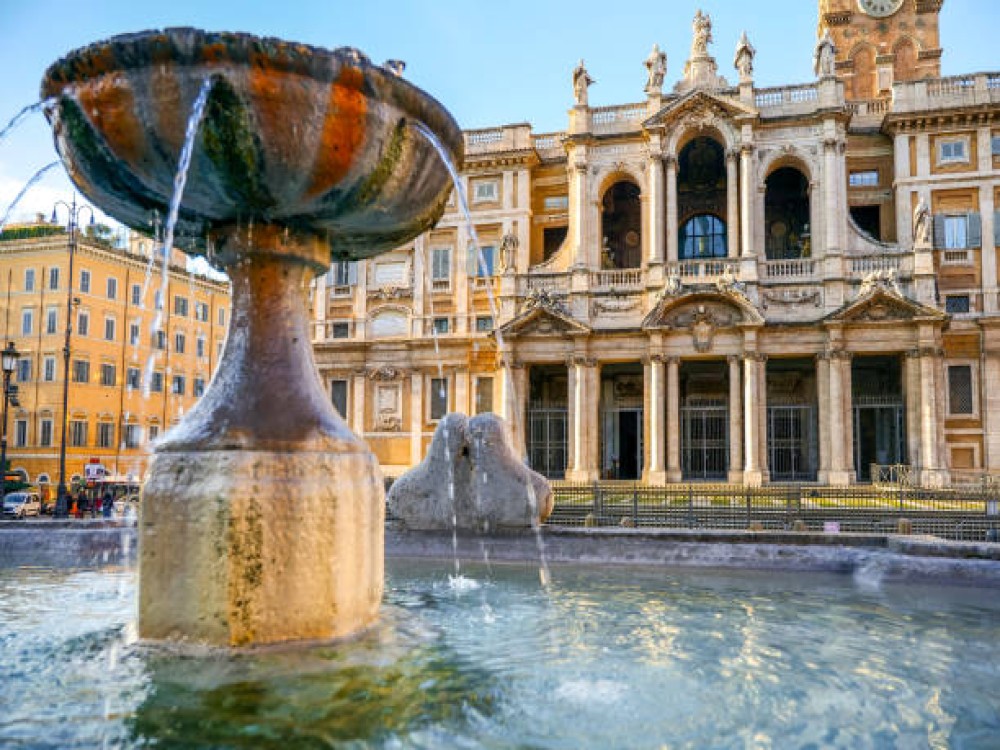
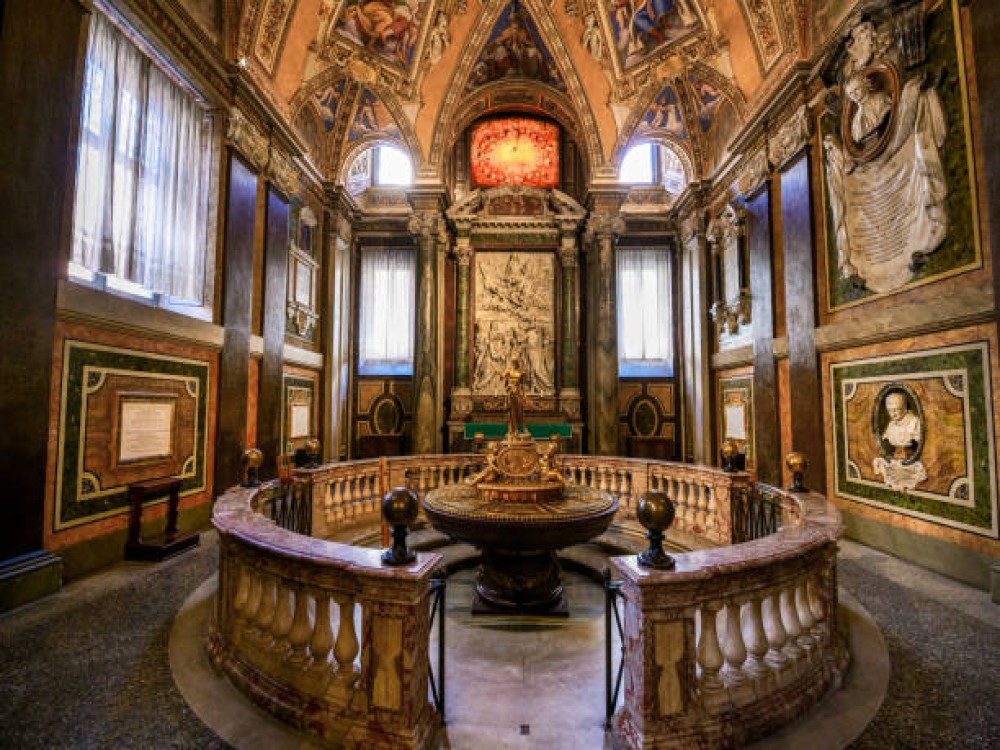
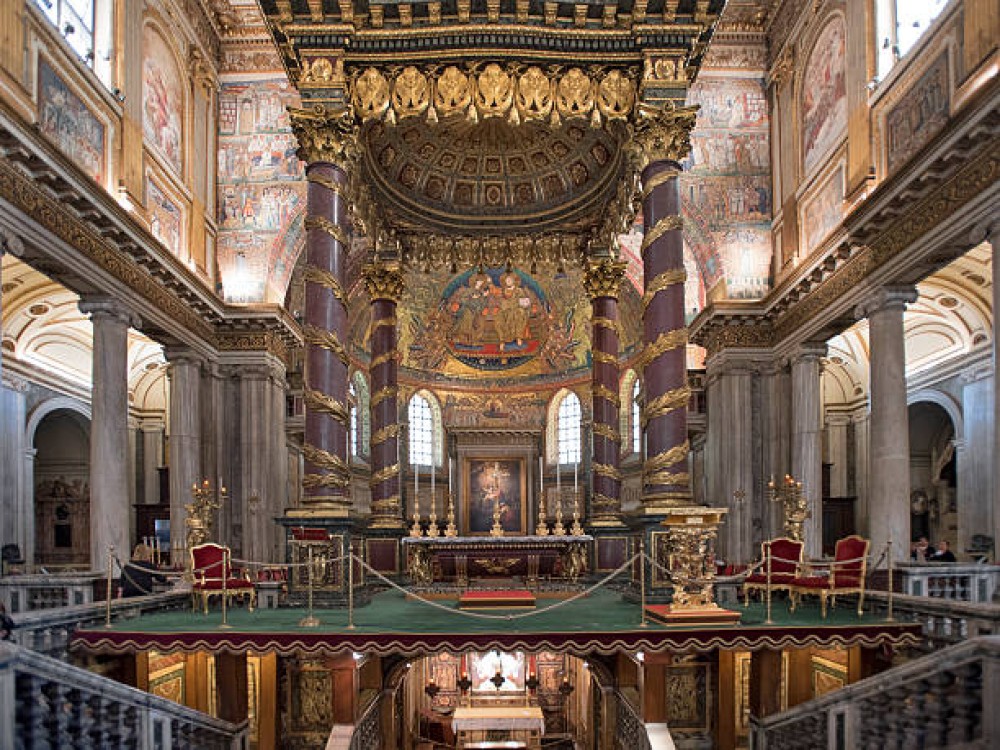
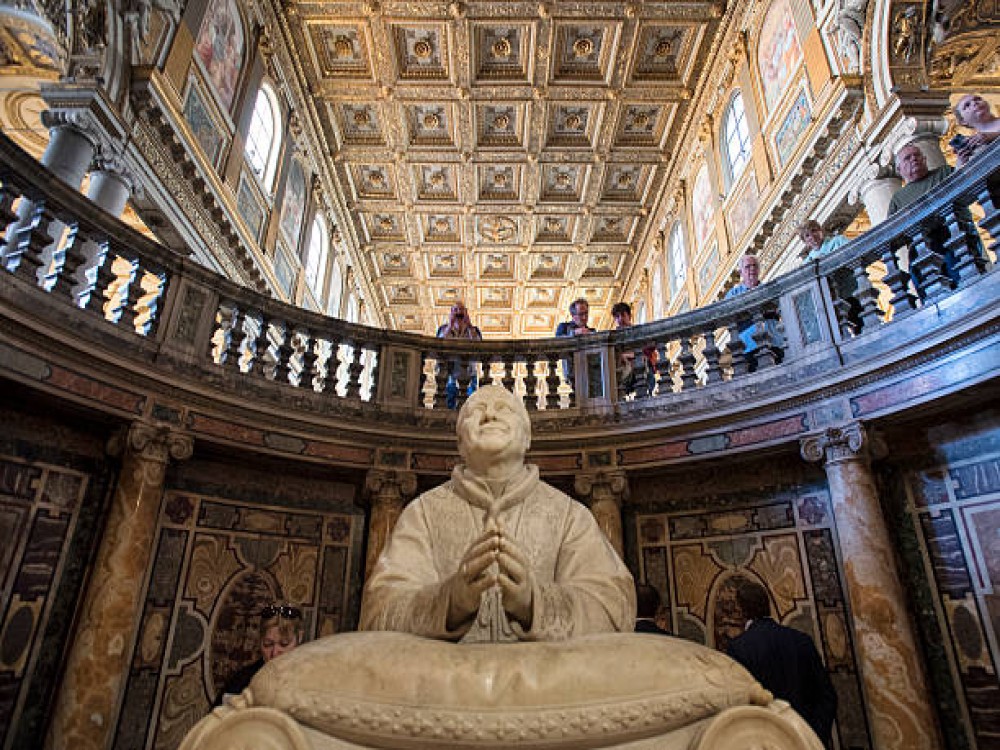
When to Get There
The best time to visit is early in the morning or late in the afternoon, when crowds are smaller, allowing for a peaceful experience. Weekdays are generally quieter than weekends, but religious holidays and special masses can attract large gatherings. Visiting during Christmas or August 5th offers a unique experience, as a special ceremony recreates the legend of the miraculous snowfall that led to the basilica’s foundation. Spring and autumn are ideal seasons for exploring, as the weather is pleasant without the peak summer crowds.
Day Trips from Rome
A visit to the basilica can be combined with other nearby attractions such as San Pietro in Vincoli, which houses Michelangelo’s statue of Moses, or the Basilica di San Giovanni in Laterano, another major papal basilica. Many walking tours include stops at Piazza della Repubblica, the Baths of Diocletian, and the Colosseum, making it easy to explore multiple sites in one day. If you enjoy art and history, the Palazzo Massimo alle Terme, a museum featuring Roman frescoes and mosaics, is just a short walk away.
Copyright © 2025 All Rights Reserved


